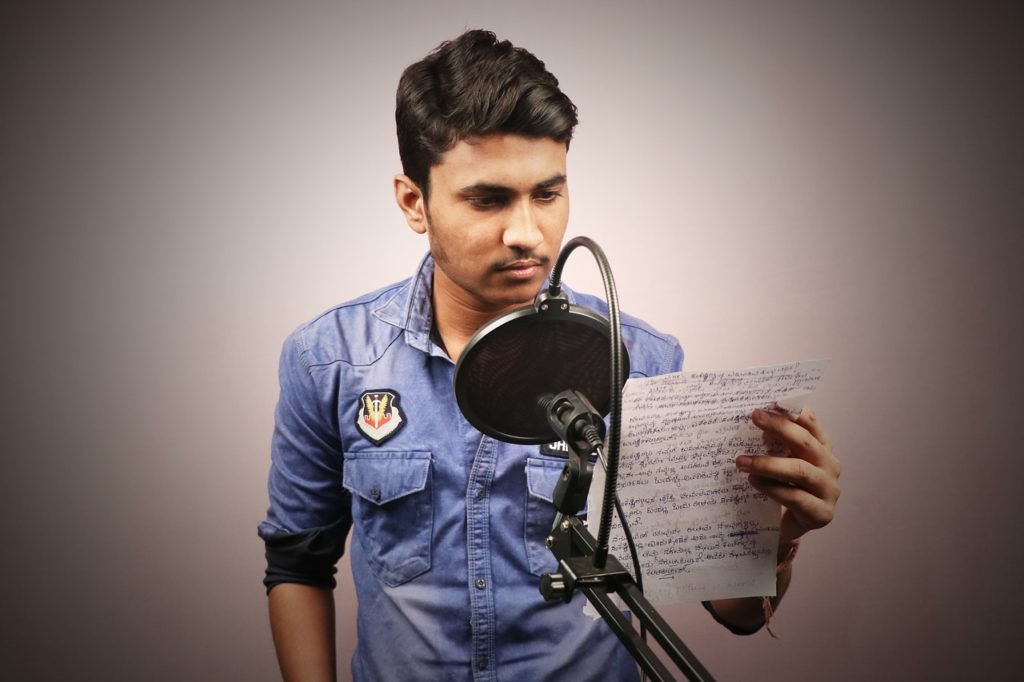Multisensory

The archive contains posts about teaching music using multisensory teaching methods.
A Brief Account of Multisensory Teaching
Do you want to know what multisensory teaching is and where it came from? Multisensory teaching became popular in the 1980s with Howard Gardener’s book Frames of Mind: The Theory of Multiple Intelligences. Originally written to discuss how the brain works, it instantly had an impact on the public-school teaching community.
The main idea? People come in different brain types:
- Musical-rhythmic and harmonic
- Bodily-kinesthetic
- Visual-spatial
- Verbal-linguistic
- Logical-mathematical
- Interpersonal
- Intrapersonal.
Each brain type learns best through a different sense. (Other intelligences got added later.)
According to Gardener, a person may have more than one intelligence, but only one comes to the foreground. Prior to Frames of Mind, public school teachers focused on verbal teaching. However, the book opened a floodgate of ground-breaking teaching tactics.
Other theories exist of how the brain works, such as Linda K. Silverman’s visual-spatial versus verbal-sequential learners. There are also other multisensory teaching methods such as Orton and Gillingham and Ronald Davis.
However, all of the methods remain focused on teaching using more than one sense. Teaching via sight, touch, sound, and kinesthetic senses helps support the range of learning styles within a typical class room.
In my lessons, I have used manipulatives (such as a raised staff and plush toys) to convey musical ideas using the sense of touch. Likewise, color coding links into the sense of sight. Sound models (and not just for establishing the mental pitch template) for the sense hearing. Finally, clapping and movement games for the kinesthetic sense. (So far, I have not found a music application for the sense of smell or taste.)
Multisensory teaching methods make the difference between success and failure for special needs, LD, and ADD students.
Back to The Successful Music Student blogs.
© 2021 Geoffrey Keith











